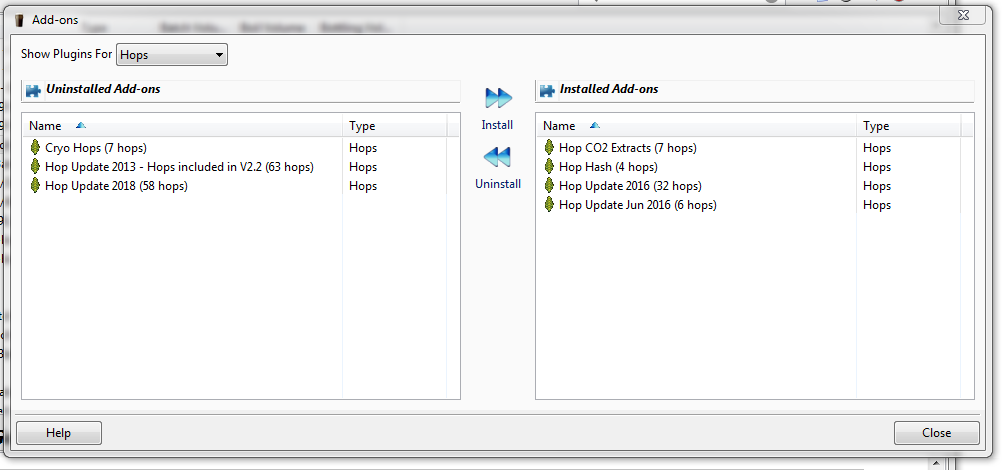
Alpha amalyse completes its work more quickly than beta, so a slightly shorter step time can be used. Less of the sugars will ferment, leaving lower yeast attenuation and additional body in the finished beer. Mashing at the high end of the range (154-158F) activates alpha amalyse, resulting in not only maltose but other unfermentable sugars. It does generally take a bit longer for beta amalyse to do its work, so a longer conversion step at low temperature is needed. Maltose is the primary sugar preferred by yeast, so a lower mash temperature results in a larger percentage of sugars being fermented resulting in a clean beer finish with higher attenuation, slightly higher alcohol content and less body overall. Mashing at a lower temperature of 148-152F activated more beta amalyse, resulting in more maltose conversion. The bulk work of mashing is done by the alpha and beta amalyse enzymes, both of which are active to some degree in the normal 148-158F conversion step range. Mashing at the higher end of this range produces more unfermentables and therefore more body in the finished beer.įor single or multi-step mashes, the main step is called the conversion or saccrification step. Alpha Amylase (154-162F) – Produces a variety of sugars, including maltose and also some unfermentable sugars.Beta Amylase (131-150F) – Produces maltose, the main sugar fermented in beer.
Beersmith batch sparge 2 steps free#


The process starts during malting when the barley grains are germinated and dried. Several enzymes that naturally occur in barley malt play key roles in breaking down these sugars.

We covered the basics of infusion mashing in an earlier article.Īt its essence, mashing converts long chains of starches into much shorter sugar chains. At its heart, the mashing process uses hot water and natural enzymes to convert complex sugars from malt into simpler sugars that can be readily fermented. Mashing can be a mystical process for first time all-grain or partial mash beer brewers.


 0 kommentar(er)
0 kommentar(er)
